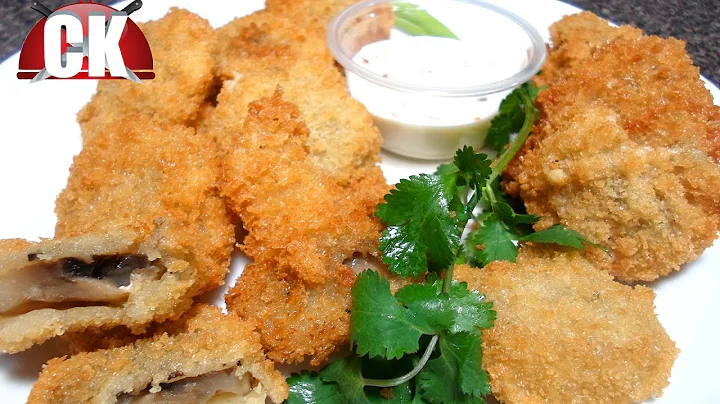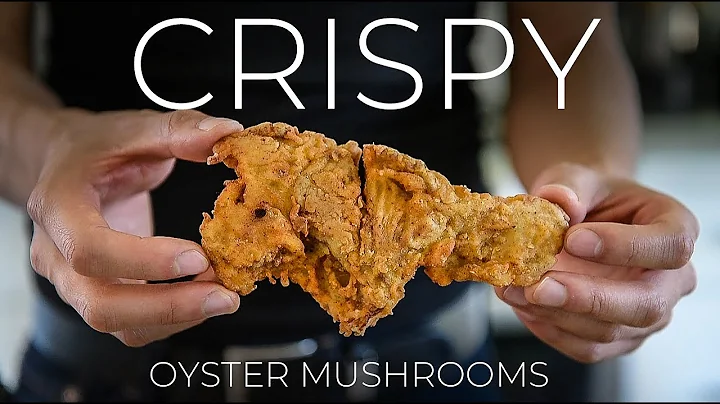If you are interested in French wine, I believe you have read many "tips" on the interpretation of wine labels and . Many people talk about how to judge the quality and price of wine by looking at the grade, origin, winery, etc. on the wine label.
But I want to say: Sorry Sorry, these are actually of no use...

As for the grade, I have already talked about it before. The grade of French wine is just a legal framework and has little to do with quality and price. AOC can be very bad, and many IGPs are better and more expensive than AOC.
When I get a bottle of French wine, I usually look at the content first, which is more practical and objective than the grade and place of origin. It reflects the origin and quality of a wine, but it is often ignored by people... It is the bottling information!
Let me first state that this article only discusses wine bottled in France. As for original wine imported and domestically filled low-end products, it is not within the scope of discussion.
On the label of the original bottle of imported French wine, the bottling information is usually marked as "Mis en bouteille...", and the ellipses in and are the specific bottlers. They are usually small print and require special attention. The bottling methods mainly fall into the following categories, each of which represents a different meaning and can basically represent different quality categories.
Mis en bouteille au Chateau or Mis en bouteille au Domaine
If the bottling information is the above two sentences, then congratulations, the French wine you bought must be good and the quality is guaranteed. This is what winery bottling means.

Bottling information of the famous Bordeaux Chateau Lafite
Chateau and Domaine both refer to wineries and are used in different regions. For example, Bordeaux usually uses Chateau, while Burgundy usually uses Domaine. As for the name of the winery, it will also be marked on the wine label.

is also a famous winery, but when it comes to Burgundy, it is changed to domaine.
What does winery bottling mean? It means that the entire production process of this bottle of wine, from grape growing, brewing, maturation to bottling, is completed in the winery and is the responsibility of the winery. In other words, this bottle of wine represents the reputation and quality of the winery. So in theory, both style and quality will be well guaranteed.
is like a company that sells salted duck (as a Nanjing native, ducks are always the first thing that comes to mind). From breeding, slaughtering, pickling, cooking to sales, everything is done by the company itself, and the label is also marked with the company's name. Name, will the quality of such salted duck be poor?
Mis en bouteille a la propriete
This is another bottling message which means "bottled by a certain real estate unit". Propriete refers to a property right unit, which can be a winery, wine merchant, company or cooperative, etc. Because in France, many wineries are not owned by a private family, but have sold their property rights to some large wine merchants or group companies.

The wine label of the famous Bordeaux Chateau Calon. Because the winery is now affiliated with a French financial group
, the real estate unit is solely responsible for all responsibilities for this type of wine. Its meaning is actually almost the same as "bottling in the winery". The style and quality of the wine are also relatively guaranteed.
Mis en bouteille par... or Mis en bouteille pour...
However, for more French wines on the domestic market, the bottling information is like this. When you see this kind of bottling information, try not to buy it! Even if you buy it, please remember that the price will not be high! The bottling information of
means "bottling by...". What does it mean? That is, the manufacturer does not have its own filling line and has to find others to help with production. There are too many uncontrollable factors.
Just think about it, which serious winery cannot produce it on its own? Therefore, this kind of wine is basically private label wine. The wine merchant can just think of a brand and then find another company to produce it. There are no guarantees for raw materials or craftsmanship. It can be brewed anywhere in France, with any raw materials, and by anyone.Therefore, it is most likely a low-end entry-level wine, and the market price is usually less than 100 yuan.
You can pay attention to this kind of bottling information. After par or pour, there are often some capital letters or a series of numbers, which are actually the abbreviation of the bottler or the number of the region. Why so cryptic? It's just that the bottler doesn't want people to know who he is or where he is.

For EMB 33056 like this, only a ghost will know who is bottling it...
Let's take the salted duck as an example. It's like a duck sold by a company. The raw materials are purchased elsewhere, and the production is processed by others. In the end Then paste the address and brand that have nothing to do with the company. If I say that this salted duck is of outstanding quality and expensive, would you believe it?
Of course, there are other ways to express bottling in France. For example, in southern France, they like to use "Mis en bouteille dans nos chais", which has the same meaning as bottling in the winery, so I won't go into details one by one. Knowing the above is basically enough to cover most French wines. Have you learned it? The full text of
is over. If you want to know more about wine, remember to pay attention!
Wine Companion will help you learn the most practical knowledge and taste the most worthwhile wine...
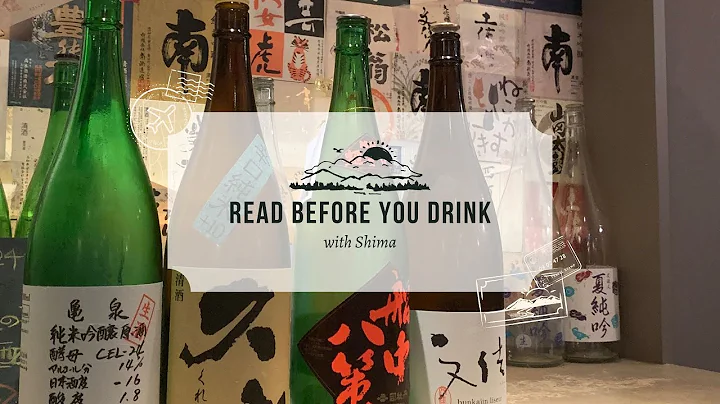



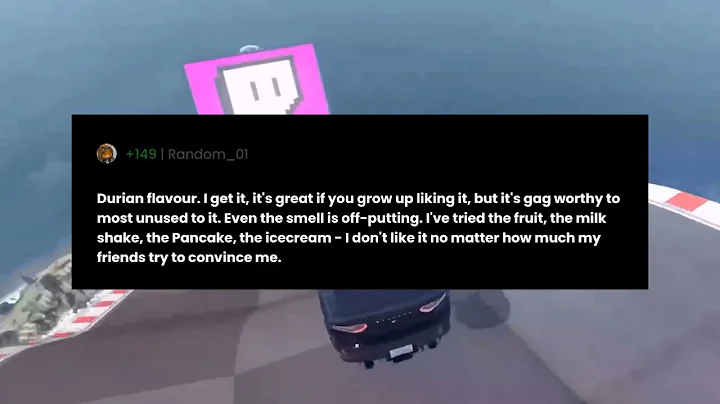
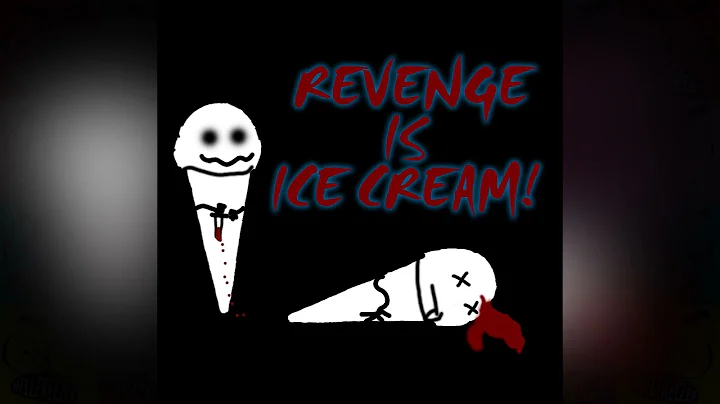
![[ENG SUB]《生前一换一,死后我无敌了!》 安乐觉醒了前世记忆,确认自己只要再死一次就能无敌!于是他开始主动作死。。。#热血 #熱血 #小说 #小說 #都市 #小欣说文 - DayDayNews](https://i.ytimg.com/vi/zuTnjW_sUwY/hq720.jpg?sqp=-oaymwEcCNAFEJQDSFXyq4qpAw4IARUAAIhCGAFwAcABBg==&rs=AOn4CLBbL79-3dX217wHmCW98J3sEqfIqw)




